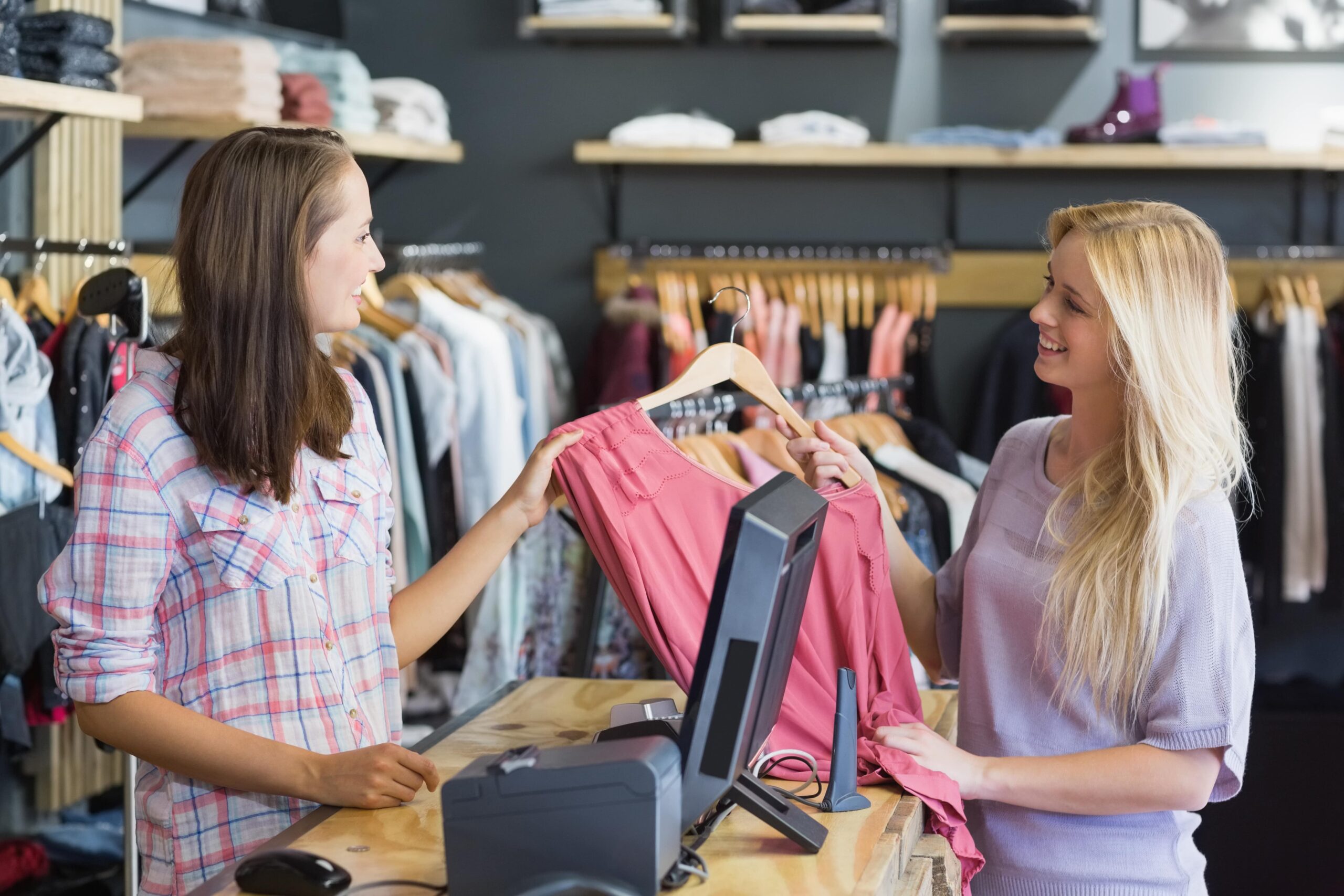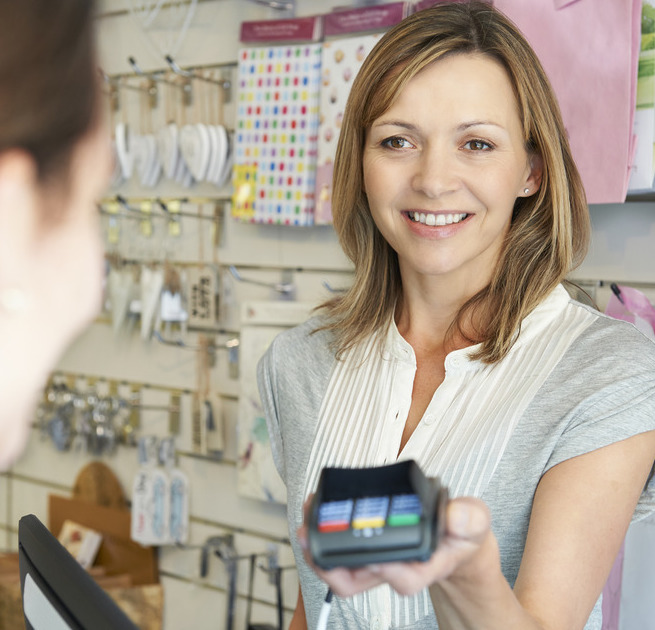Developing and launching a product that can help you gain profit is the first step that you have to overcome in starting or growing a wholesale business. However, the real challenge for entrepreneurs comes after the product launch— and that is sales and distribution to retail stores. However, the trick of the trade is that if you want a large profit margin, you also have to widen your reach. There’s a skill that you need to master for you to ensure that you can boost your revenue the fastest way possible. All you have to do is learn how to approach retail stores to sell your product. Partnering with retail stores allows you to capture their market, and that is, by far, one of the most effective business growth strategies.
But how do you do it?
In case you’re wondering, this method has already been practiced by successful entrepreneurs who are willing to risk their own market share to ensure product movement and long-term profits. If you want to take your product further than where it is now, you’ll have to take your chances in this kind of business process.

Understanding the Needs and Preferences of Retailers
Without a doubt, retail stores face unique challenges and have specific needs that are different from non-retail wholesale customers. If you want to make your product more appealing to that customer base, you have to understand these unique needs and customize your approach.
Here’s what makes retail stores different.
- Higher overhead costs—rent, sales staff, fixtures, signage, furnishings, etc.
- Maintaining more stock on hand
- Focus on product appearance and packaging
- Low profit margins due to additional costs
Different Ways to Approach Store Retailers to Sell Your Product
There are several ways to approach retailers, and the method you choose can depend on your product, your resources, and the specific retailer you are targeting. These methods include:
- In-person visits: These visits can prove more effective because they allow you to demonstrate your product and answer any questions immediately. Plus, you can form lasting relationships.
- Head office meetings: For larger retail chains, you may need to approach the head office directly. This may require putting up a professional proposal and presentation to the management. You may also need to maintain regular communication, providing necessary documentation and support.
- Direct mail: You can directly contact retailers and ask if they will stock your product. For this, you may need to first come up with the contact list, use compelling content in your email, share the product catalog, do follow-ups, and track responses.
Selling Techniques for Retail Stores: What You Need to Do
Selling your product to retail stores requires a different set of techniques than selling directly to consumers. Some of these techniques include:
- Knowing your product well and being able to conduct a great product demonstration to show the value and benefit your product brings
- Using a product sell sheet that clearly and concisely explains your product and its purpose and how it will be useful to their customer base.
- Being prepared to sell over email, letter, or video conference call if you can’t secure a meeting
- Understanding the importance of better placement, packaging, and visual desirability, and training store staff once your product is in retail stores
How to Approach Retail Stores to Sell Your Product: Step-By-Step Guide
Here are the steps that you should follow to convince and approach retail stores to sell your product.
Research on the retail stores you want to target.
Always do our homework. Running your own business has prerequisites, especially when you’re aiming for constant growth. Learning a thing or two about your future partners is essential because it gives you an advantage.
Make a list of retail stores that you want to target. Now, there are a few things that you need to consider before putting them on your list. Your answers to the following questions will help you narrow down and pinpoint your feasible options.
What are their products?
You have to know the store’s main products. If they have minority products, make sure that your product does not belong to that group. You need a retail store that can highlight your product and show its value to consumers.
How do they market their store?
Do they even market their store? Or maybe they don’t have to. Either way, you’d want a retail store that runs a strategic marketing plan. Remember, the end game is targeting their market and funneling them to yours.
Are you in the same niche?
Some customers want to purchase products from niche stores, and you’re going to want to grab that market. If your product belongs to a particular niche, you can target retailers who can sell it to your prospective buyers. Just make sure that you’re not competing with existing products, or you’re going to have a problem with product movement.
Why Understanding Foot Traffic Is Important When Contacting Retailers
By analyzing foot traffic, store owners can get useful insights to turn business around. Foot traffic can help understand the effect of external factors such as weather or promotions, determine busy days, and manage staff schedules. Additionally, you can also gain an understanding of customers including their visiting patterns, preferences, location, in-store conversion rates, etc. This information can guide staffing, product placement, inventory planning, sales strategies, and marketing efforts.
Tracking foot traffic is not just about keeping a count of visitors but a more comprehensive way to understand customer behavior, optimize store performance, plan growth opportunities, and adapt to external changes,
Retail stores focus on maximizing foot traffic, i.e., bringing customers in the door with the following.
- Location and store positioning
- Running sales and promotions
- Stocking up desirable product lines
Build a rapport with retail owners/managers.
Now that you have your list, your next move is to reach out to the retail owners/managers. Here’s the first real approach, and your initial encounter might determine your future partnership. So, you can’t just storm in and talk about business straight away. First, you’ll have to build a rapport.
If you hastily talk about your product and your plan to persuade them to sell for you, it might not build the right impression. The thing about partnering with another entrepreneur is that it’s not all about the business; it’s about the person you’re building a business relationship with. If you think that you and the retail owner/manager can meet head-to-head about the future of your businesses, then you should consider it the best fit. You’re off to a good start!
Start with local retailers.
Think big, yes, but you have to learn how to walk first before you can run. When you approach prospective stores, start with local retailers. You’ll have your fun with larger retail stores only if you start mastering your trade with small businesses. You’re still studying the whole process of approaching retail stores to sell your product. If you ever encounter some mistakes, it’ll be on a small scale. Consider this as your learning curve, and then you can increase your gear.
Prepare a persuasive pitch.
In preparing your pitch, highlight the value of your product and make it desirable.
When you present your pitch, this is where you have to shed real sweat. The business talk should be professional and engaging. Focus on selling your product to the retail owners and how it can also benefit their store. During the product demonstration, don’t think of them as customers who will buy and use your product. You need to make them want your product to be a part of their store so that they can also make money out of it.
Your ultimate goal is to persuade them to sell your product to their market, and you can do this by providing them with actionable gains if they enter the partnership. What will they get out of it?
Widen your scope of distribution.
If you can successfully capture the local retailers, you can move on to a bigger plan.
Now that you already know how to approach local retail stores, you can work on market expansion beyond your area. You probably have to reach out to larger businesses, which means you also have to level up your game to earn that shelf space.
In some cases, you may have to work with brokers who represent large-scale retail stores. You can get invaluable information from brokers who already have experience in dealing with your targeted retail stores. It may take a longer process, but it’s not impossible for you to expand your scope of product distribution.
Once you’ve mastered how to approach retail stores and persuade them to sell your product, your long-term goal is to keep your business partnership fruitful and beneficial for both parties. You need to follow through in maintaining the healthy business relationships you’ve established and discard those that prevent you from growing. If you want to prosper in this business, you should also learn how to identify partnerships that will build you up and not let you down— and that’s your final takeaway.
Have you considered launching your product brand in retail? If so, our team at Retailbound can help. Since 2008, we have helped countless product brands launch and grow in the retail space. Contact us today to get more information.
About the Author
Yohan Jacob is the President and Founder of Retailbound. Retailbound is a comprehensive retail channel management consultancy that helps brands launch and scale their products in over 150+ retailers in both the US and Canada. Specializing in bridging the gap between product creators and retailers, Retailbound offers a range of services from retail strategy development, buyer engagement, sales management and channel marketing support. Whether the client is a startup or an established brand, Retailbound provides expert guidance to increase their retail presence, navigate buyer relationships, and drive sales growth both in-store and online.



